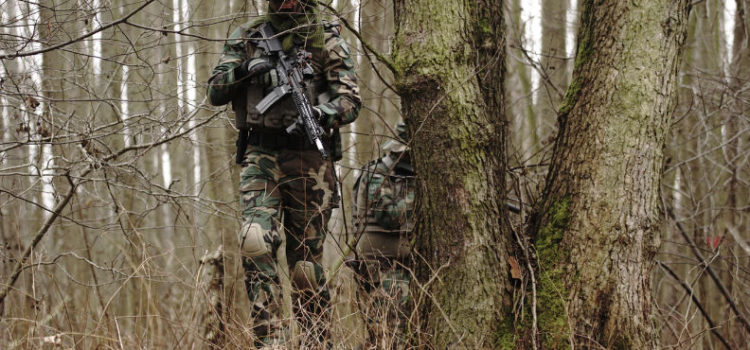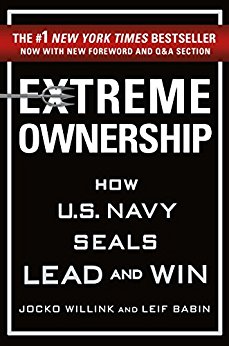

This article is an excerpt from the Shortform summary of "Extreme Ownership" by Jocko Willink and Leif Babin. Shortform has the world's best summaries of books you should be reading.
Like this article? Sign up for a free trial here .
Chapter 5 explores the Cover and Move strategy. On a battlefield, Cover and Move allows a team to work together to reach a destination: One group provides cover — keeping an eye out and having weapons ready to ward off enemies — as the other group advances forward. Then they switch roles, essentially leapfrogging forward, until they reach their destination.
This may not appear to have much relevance outside a warzone, but the principle of Cover and Move is teamwork. The entire team must work together, supporting and protecting each other, for everyone’s safety and success. Everyone on the team (or in the company) must be aware of everyone else’s position and objective to be able to move and act cohesively for one effort.
Cover and Move
Leaders need to keep the bigger picture in mind to use Cover and Move most effectively. While a leader can come up with a strategy to use Cover and Move within her own team, there might be an even better way to accomplish the same goal by working with another team or department — and that strategy could be twice as effective if it mutually benefits both departments. To do this, a leader needs to be able to collaborate with other leaders, identify their common goal, and clearly communicate to both teams how working together will help everyone achieve success.
Individual teams and departments need to consider how other groups depend on them, and they depend on other groups, to accomplish the company’s larger mission. All individuals and groups within the larger organization have to do their part to contribute to the success of the greater mission. By contrast, when teams compete against each other, it creates tension and undermines the greater goal. When the group fails, everyone fails; when the group wins, everyone wins.
By keeping the entire company’s goal in mind and understanding that everyone within the company is working together to achieve it, the leader can make decisions that not only help her own team succeed but gets the whole organization closer to success.
Battle Story of Cover and Move: Always Consider How Different Teams Can Help Each Other
In their efforts to take control of Ramadi from the Ira qi insurgents, the U.S. forces are using an aggressive strategy called Seize, Clear, Hold, Build. This entails forcing their way into the most strongly enemy-held neighborhoods, fighting back enemy fighters to clear the area, and then creating permanent U.S. combat outposts there.
One step in this strategy involves cordoning off a neighborhood, and then systematically searching and clearing each building in the neighborhood to ensure the area is safe. While necessary, this process is very dangerous for the U.S. troops, who risk coming face to face with enemy fighters. While U.S. forces move through the buildings, snipers are stationed strategically on a nearby rooftop to provide cover.
During one mission, the troops target a building for their sniper overwatch, but it turns out that the only clear view from the building is on a balcony where they would be exposed and visible to enemy fighters. They size up another nearby building, but find that it doesn’t offer a clear view either.

———End of Preview———
Like what you just read? Read the rest of the world's best summary of "Extreme Ownership" at Shortform . Learn the book's critical concepts in 20 minutes or less .
Here's what you'll find in our full Extreme Ownership summary :
- What Extreme Ownership means, and why every responsible leader needs to get it
- How to get your team working smoothly together
- How leadership principles from Navy SEAL teams work in everyday business and life






